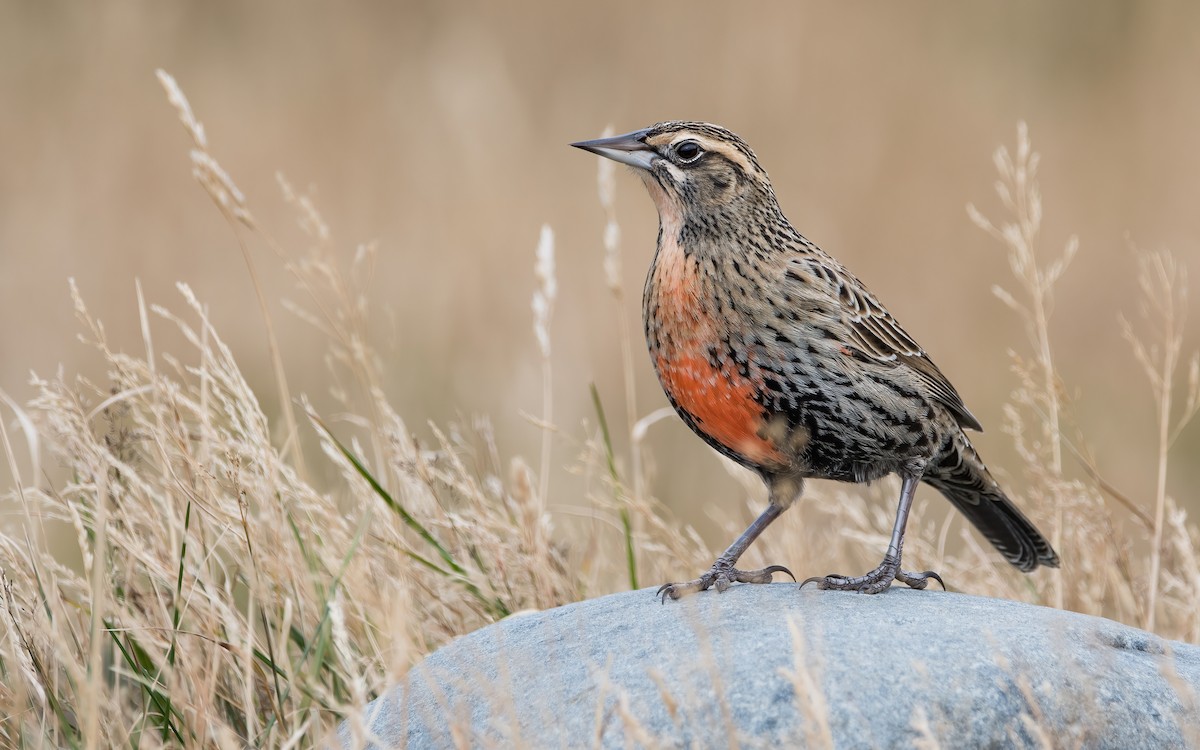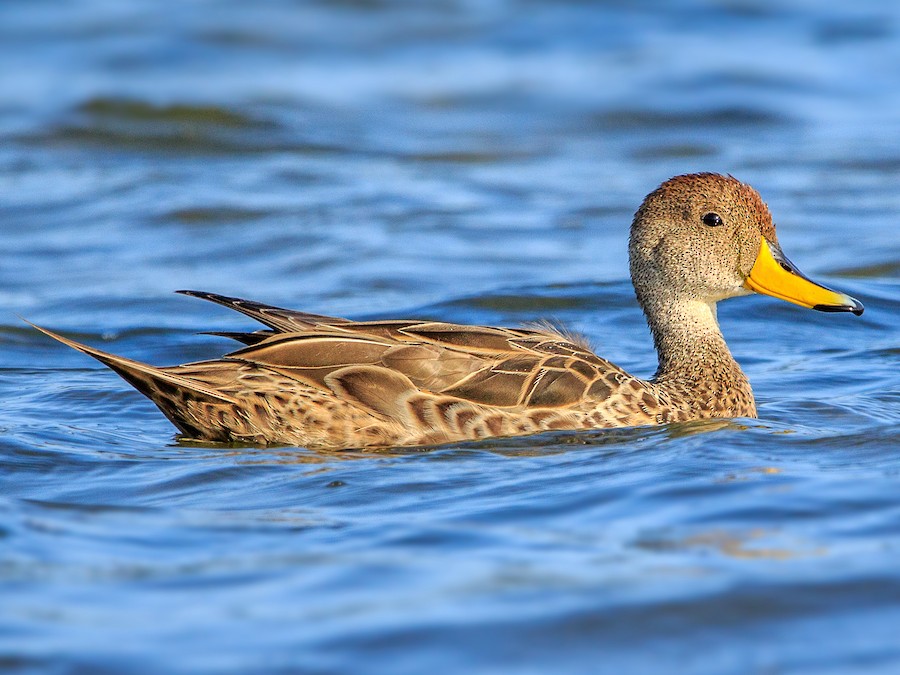ECO 14 #
During our visit to El Calafate, we spent a morning exploring the Laguna Nimez Nature Reserve, a protected wetland area right on the edge of Lago Argentino. The reserve includes a mix of habitats: lagoon waters, reed beds, grassland, and sandy shorelines. This diversity of environments supports a wide range of bird species and offers excellent opportunities for observation and field studies. Despite its proximity to the town, it was suprisingly quiet/felt removed from the town. Our field activity involved rotating through a few of the numbered observation sites along the reserve’s main loop.

At each site, we sat and observed for a set period of time all the birds that were present at some point in the time window. We had one person logging down information, two observing birds, and another focusing on species identification. Using this system, our group was able to log many birds with over 10 species seen. This also gave us a better understanding of the landscape each group lived in. For example, the site facing a smaller, shallow pond was largely populated by ducks such as the yellow billed pintail. The site facing a much larger field area would be populated with birds like the long-tailed meadowlark.


However, we also saw a Chilean flamingo, and while we did not log it since it was far away, it was awesome to see. Such an urban wetland is something I am not used to, and certainly not seeing that many birds with varying species is incredible. Here are some other notable species:
- Black-necked Swan (Cygnus melancoryphus). Habitat: Calm, open waters near reed beds.
- Crested Duck (Lophonetta specularioides). Habitat: Open water and shoreline areas.
- Upland Goose (Chloephaga picta). Habitat: Grasslands near trail edges.
In conclusion, this activity gave me a great sense for understandng how data collection can traditionally work without the use of technology, and just how many birds and species can reside so close to a large town. It really drove home the biodiverse nature of wetlands.